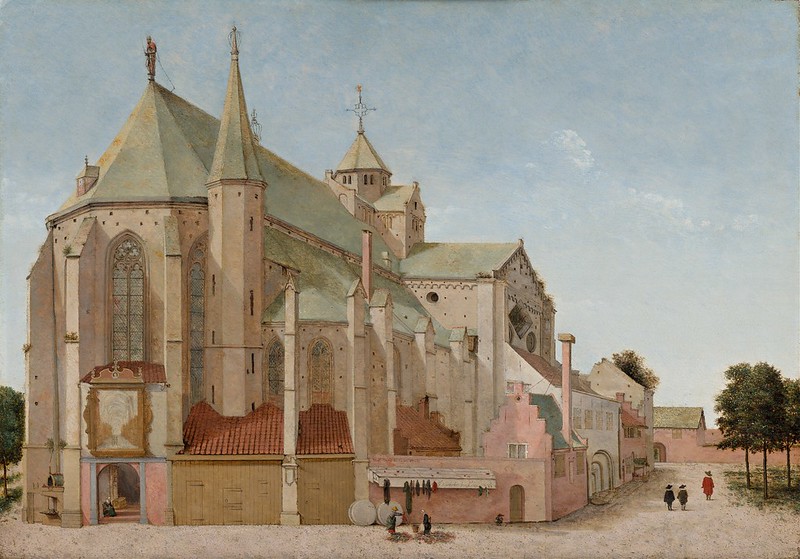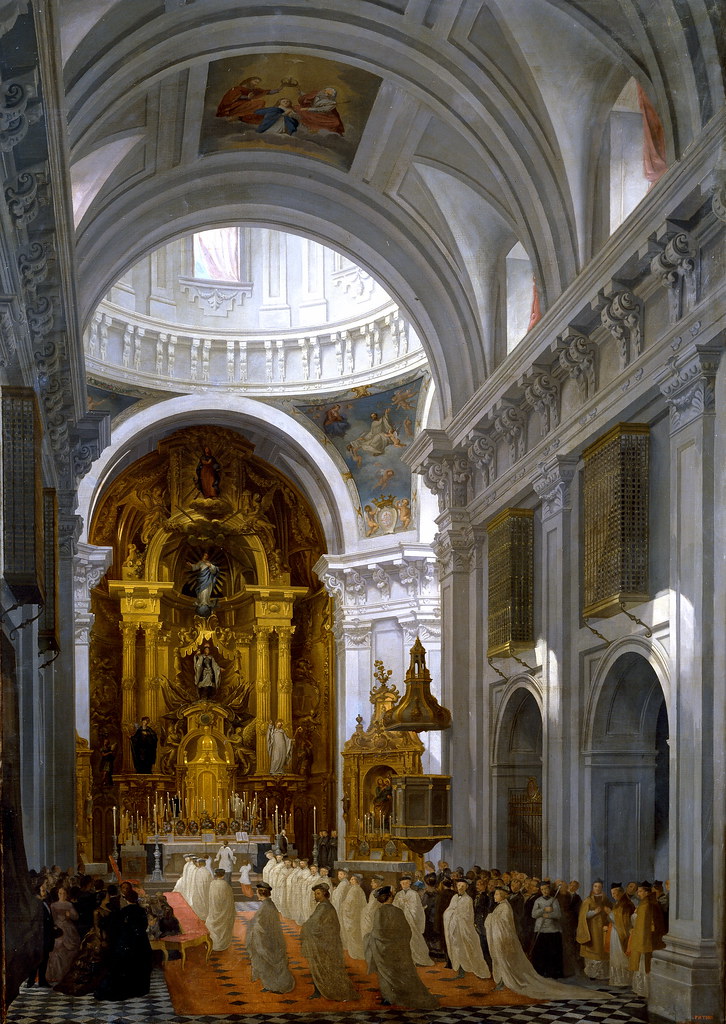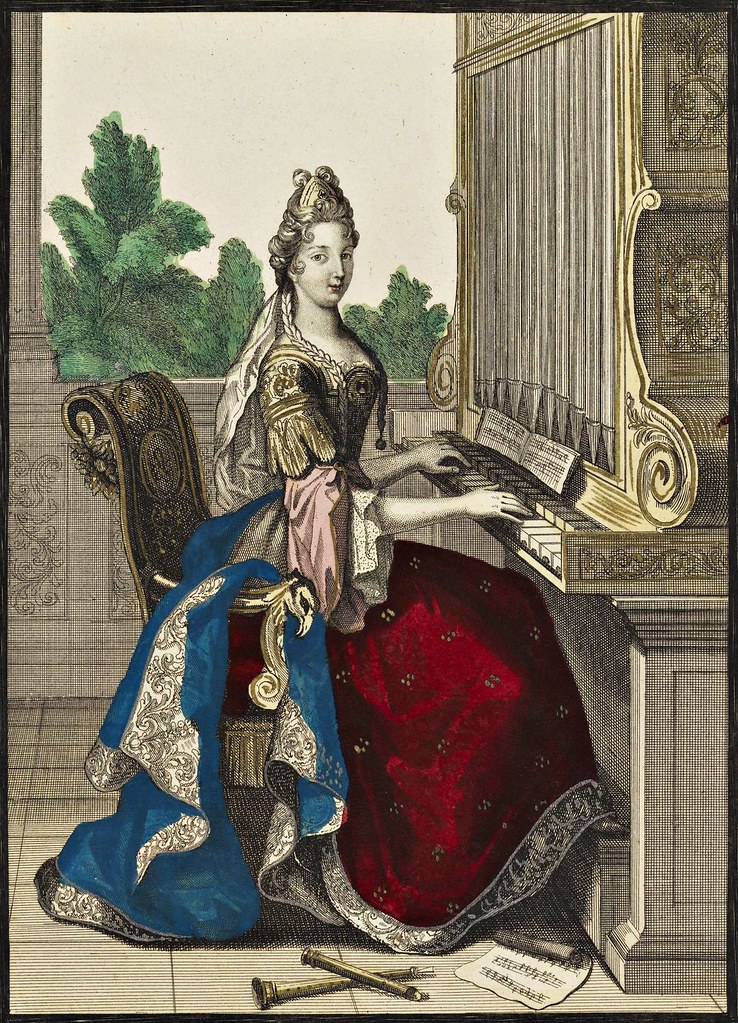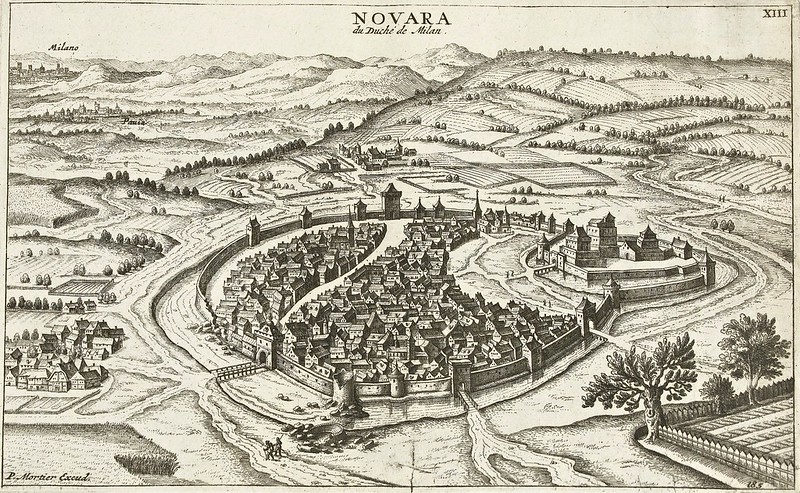Ernst Wilhelm Wolf (1735-1792)
- Sinfonia (G-Dur) à 6 voci (1789)
Performers: Staatskapelle Weimar
Further info: Meister Goethe Zeit
---
German composer. By the age of seven he was skilled in the practice of
thoroughbass. He attended the Gymnasien at Eisenach and Gotha and became
a choir prefect. In Gotha he was fascinated by works of Graun and
C.P.E. Bach and participated in concerts at the court; when one of his
works was performed in 1752, Bach praised it. Encouraged by his elder
brother, Ernst Friedrich Wolf (a composer, organist and pupil of G.H.
Stölzel), he went to the University of Jena in 1755 and there became the
director of the collegium musicum, for which he composed a number of
works including the cantata Streit zwischen Phöbus und Pan (1758) for
the 200th anniversary of the university. When he went to Leipzig in 1758
his reputation increased further in the circle of J.F. Doles and J.A.
Hiller. After a period in Naumburg as music teacher to the von Ponickau
family, Wolf set off for Italy but ended his journey in Weimar as music
tutor to Duchess Anna Amalia's sons; at Weimar he became the court
Konzertmeister (1761), organist (1763) and Kapellmeister (1772). In 1770
he married the chamber music singer and harpsichordist Maria Carolina
Benda (see Benda family), with whom he made a concert tour to Berlin;
Wolf was also related to J.F. Reichardt. It is uncertain whether, at the
instigation of the duchess, Wolf refused an offer from Frederick the
Great of Prussia to succeed C.P.E. Bach. He remained in Weimar until his
death.
Wolf was a leading figure at the Weimar court and was in close contact
with members of the Musenhof (including Wieland, Goethe, Herder, von
Einsiedel, von Seckendorff, Kotzebue, Bertuch and Musäus) and with the
duchess herself. He devoted himself above all to creating new modes of
expression, and despite some conventional elements his works were known
far beyond Weimar during his lifetime. He wrote about 20 Singspiele and
numerous pieces for the church and court. The Singspiele are typical of
the period in Weimar: Das Rosenfest, Die Dorfdeputierten and Le monde de
la lune show the influence of Rousseau and Hiller; Die treuen Köhler,
Der Abend im Walde and Ehrlichkeit und Liebe are encumbered with modish
and ephemeral features in their idyllic conception of nature.
Occasionally, apart from galant phrases, his sensitivity leads to
shallowness (e.g. the song Röschen, Gretchen, Lieschen, Hännchen); this
corresponds to his imitation of popular elements. However,
Friedlaender's assertion that Wolf's melodies are ‘insignificant [and]
unattractive’ is only partly correct. In Die Dorfdeputierten folksong
elements (as in the trio ‘Ein Hund, ein Kätzchen’, with its ‘Wau, wau’
and ‘Miau, miau’ imitations, and the laughing chorus) are mingled with
Singspiel formulae reminiscent of Mozart (e.g. ‘Süsse Hoffnung, Tochter
des Himmels’). A simplicity achieved through doubling, monotonous
superficial repetitions and the use of a continuo characterizes the
other dramatic works and some of the secular cantatas (e.g. Polyxena and
Serafina).
















